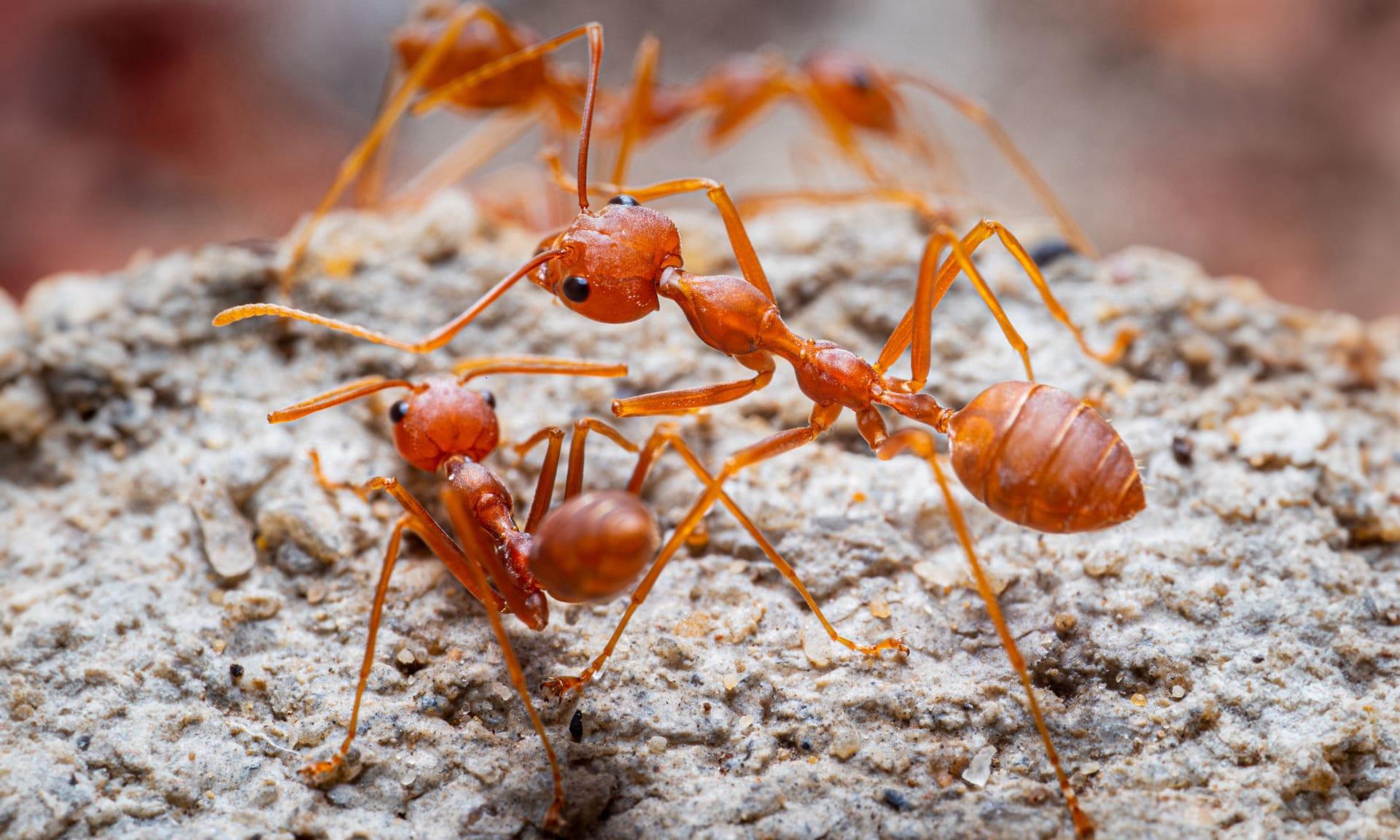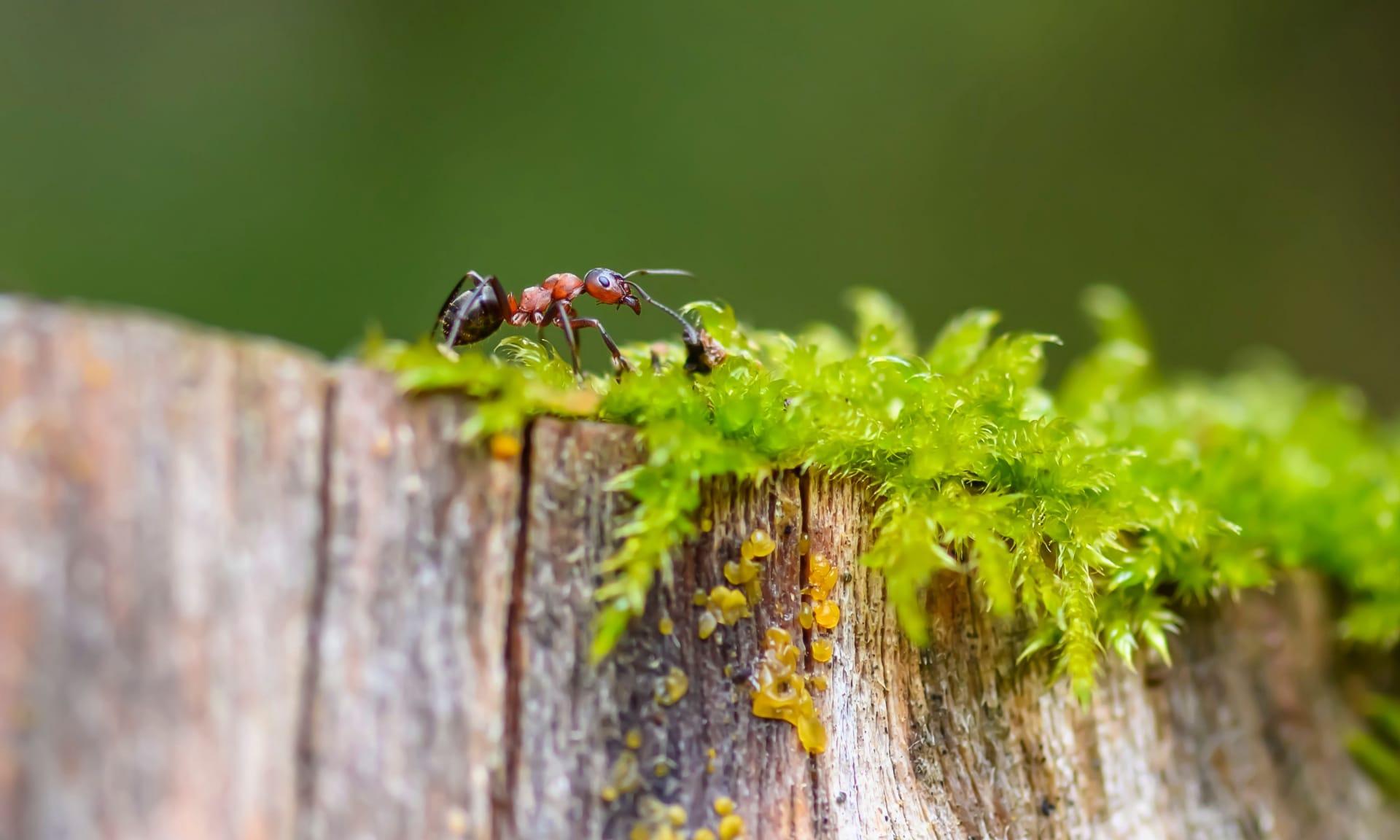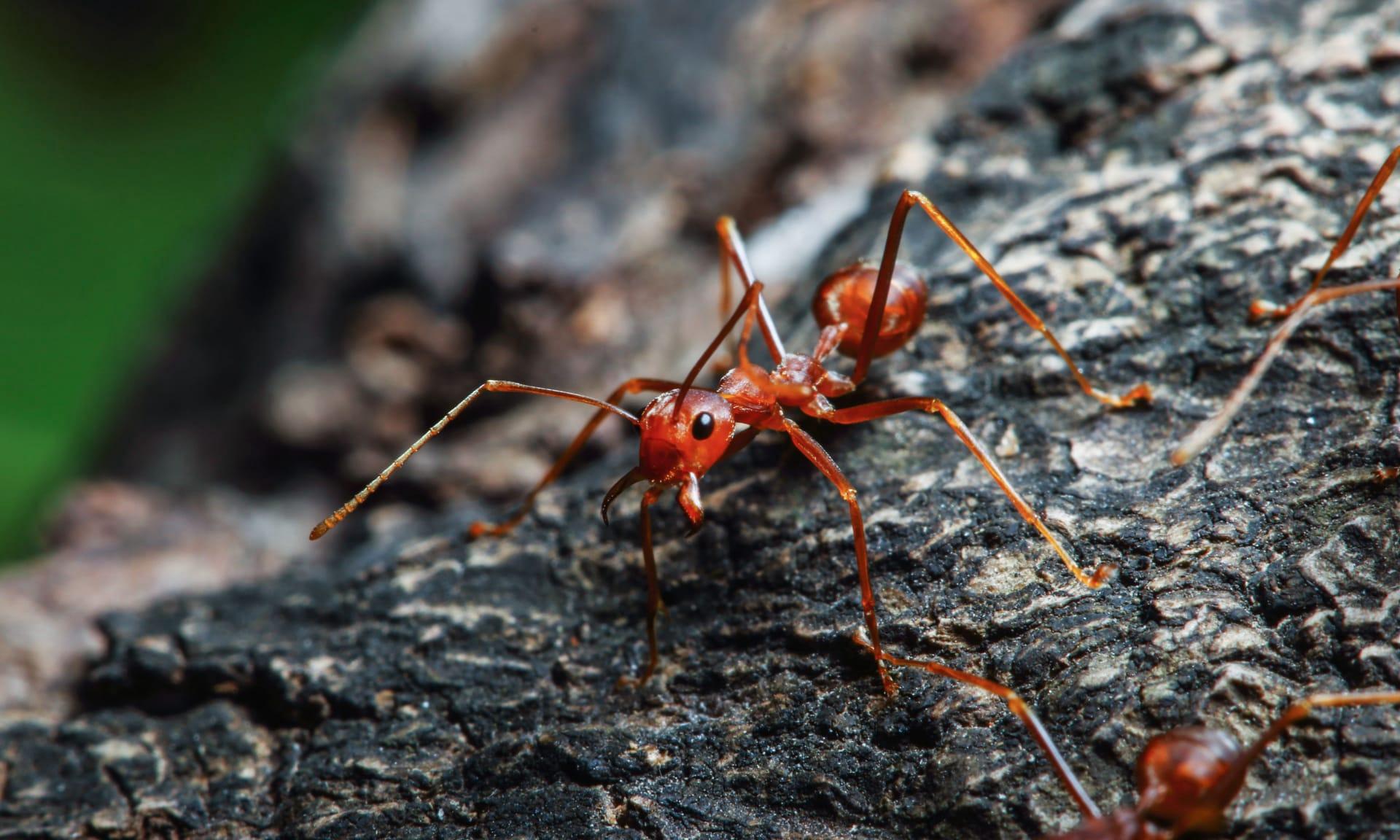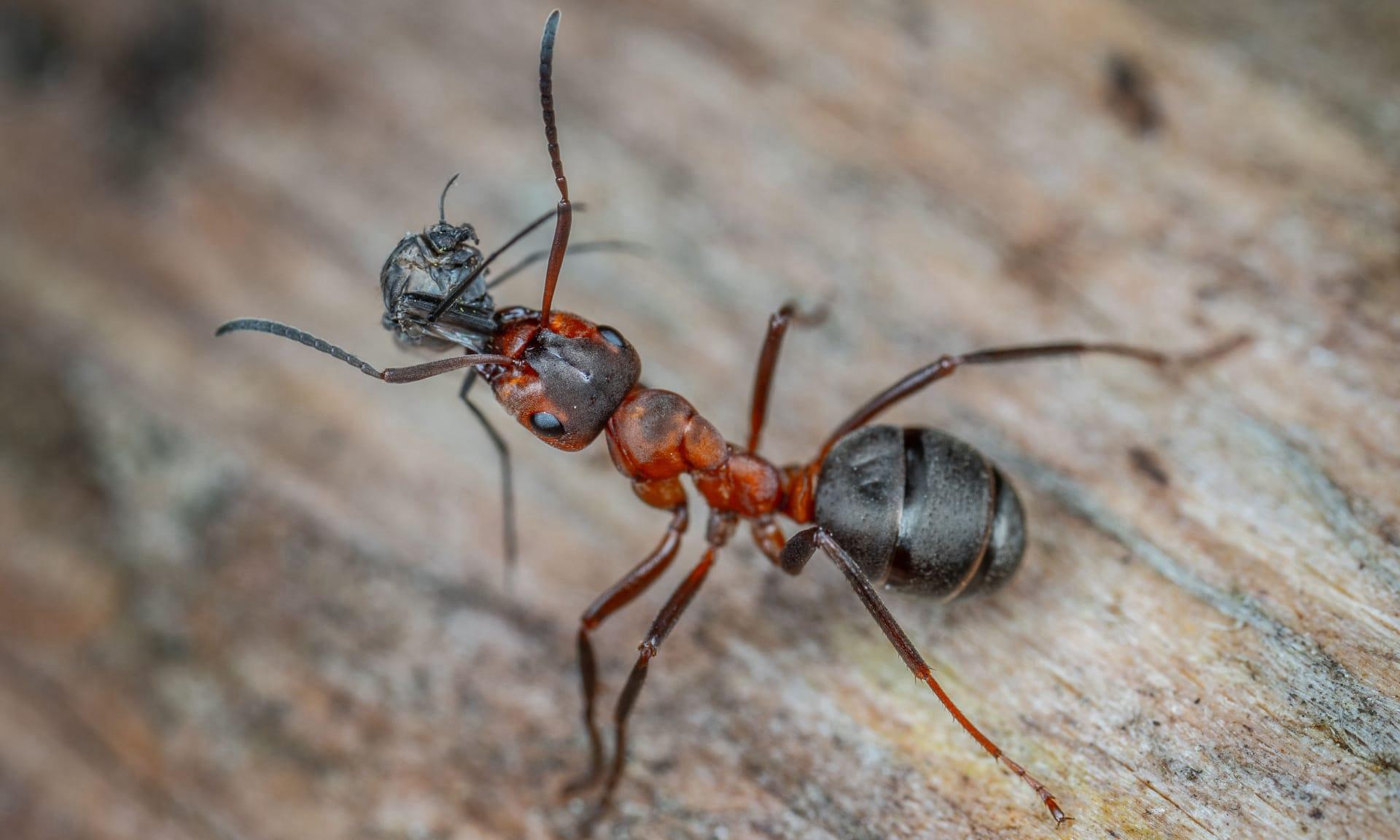Carpenter Ants Characteristics
- Home /
- Mini Encyclopedia /
- Animal /
- Carpenter Ants Characteristics
1
Carpenter ants, known scientifically as Camponotus species, are among the larger ants you might encounter, with worker ants ranging from 0.3 to 1 inch (about 0.76 to 2.54 cm) in length. Their size varies within the colony, featuring minor and major workers, and sometimes even larger queens, which can exceed the size of their worker counterparts. These ants are distinguished by their smooth, rounded backs and their ability to live significantly long lives for insects. Worker ants can live up to several years, while queens can reign over their colonies for more than a decade under optimal conditions.
One of the most fascinating organs within a carpenter ant is its antennae. These aren't just for show; they're highly specialized sensory organs. Each antenna is covered in a dense array of sensory receptors that allow the ant to detect chemicals, movement, and air currents. Moreover, the antennae are crucial for communication within the colony, helping these social insects to find food, identify members of their own colony, and navigate the complex world around them. The versatility and sensitivity of the antennae make them indispensable for the ant's survival and social organization.

2
Question: Why do carpenter ants bore into wood, and does this mean they eat wood like termites?
Answer: Unlike termites, carpenter ants do not consume wood. Instead, they excavate wood to create intricate galleries for their nests. This behavior allows them to establish colonies within wooden structures, tree stumps, or fallen logs. The reason behind this wood-boring activity is primarily for shelter rather than sustenance. Carpenter ants prefer to feed on a protein and sugar-based diet, which includes substances like insect parts and honeydew produced by aphids. The misconception that they eat wood likely arises from the sawdust-like material they leave behind, which is actually the byproduct of their nesting activities, not their dietary habits.

3
Carpenter ants are known for their exceptional ability to navigate through their environment. They primarily rely on pheromone trails to move around, which are chemical signals laid down by other ants leading to food sources or the nest. This method of movement ensures efficient foraging and coordination within the colony. Additionally, these ants are capable of traveling remarkable distances from their nest in search of food, often covering up to 100 meters (about 328 feet), which is quite a feat considering their size.
When it comes to hunting, carpenter ants exhibit a blend of solitary and group tactics. They are omnivorous and will prey on a variety of smaller insects and substances. At times, they employ cooperative hunting strategies to tackle larger prey or to overcome obstacles to food sources. This social coordination not only highlights their predatory skills but also their ability to work as a unit for the greater good of the colony, sharing the spoils of their hunts through a process known as trophallaxis, where food is passed from one ant to another.

4
Carpenter ants thrive in moist, wooded environments where they can easily carve out their nests in wood. They are particularly fond of decaying wood, which is easier to excavate, but they can also invade healthy wood structures, causing significant damage over time. These environments provide not just the nesting opportunities they require but also the humidity essential for their survival. The presence of dead wood, tree stumps, and fallen logs in a forested area is a prime habitat for these ants.
Reproduction in carpenter ants involves a nuptial flight that usually takes place in late spring or early summer. During this time, winged males and queens leave their colonies to mate in the air. After mating, males perish, while fertilized queens land, shed their wings, and establish new colonies. The queen begins by laying eggs that hatch into larvae, which she feeds and nurtures into the first generation of worker ants. These workers then take over the tasks of foraging and expanding the nest, allowing the queen to focus solely on reproduction, laying thousands of eggs over her lifetime.

5
Book: "The World of Ants: A Journey into the Microcosm" by Dr. Elizabeth Horne, published in the United States, 1985. This comprehensive guide delves into the fascinating lives of ants, with a significant focus on carpenter ants. Horne's work vividly describes the complex social structures, communication methods, and ecological roles of these insects, providing readers with a deep understanding of their world. The book is praised for its accessible language and engaging narrative, making it a favorite among both entomology enthusiasts and casual readers alike.
Book: "Ant Societies: Secrets of Survival and Success" by Prof. James F. Wilkinson, published in the United Kingdom, 1992. Wilkinson's book offers an in-depth look at the social organization and survival strategies of various ant species, including a detailed chapter on carpenter ants. The author explores their nesting habits, foraging techniques, and the intricate social hierarchy that defines their colonies. With detailed descriptions and a wealth of scientific insights, this book provides a captivating overview of ant societies, highlighting the remarkable adaptability and cooperation that enable their success in diverse environments.